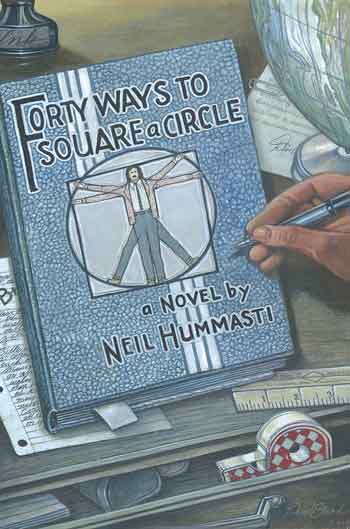
Here are a few insights regarding my new novel, Forty Ways to Square a Circle. With the best of intentions (and apologies if any of this serves only to confuse), I offer the following remarks. (PDF Download)
GENRE
Since this story contains comic touches, I had best begin with a caveat. The comedy in this book is not of the kind you have seen from me in the past. While you are reading this book, temporarily banish I See London, I See France... from your mind. Expect subtler varieties of humor. I regard this work as serious and literary. A bit of humor can enhance the development of any story; but I would caution you against anticipating a purely comic novel.

$18.95 ($4 Shipping)
Read an Excerpt from Forty Ways to Square a Circle (PDF Download)
I hope these few hints from the inside will prove helpful. I would encourage you not to pay too much attention to the metaphorical and symbolic elements as you read. I mention them only to give you an ultimate edge over other readers. In fact, much of what I have written here may initially be misleading; but after you have read the book, I think these comments will make better sense.
Neil Hummasti